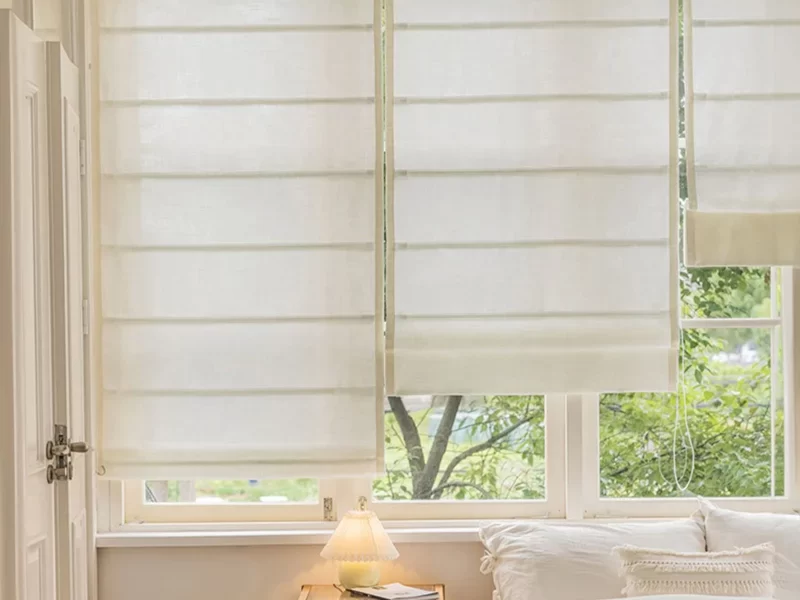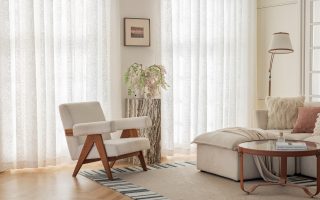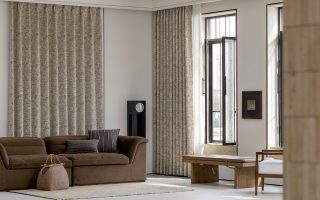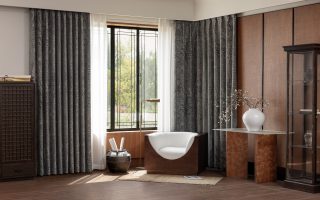Roman shades are a classic and elegant window treatment that combines the soft look of fabric window coverings with the functionality of a blind. They are known for their ability to add a touch of sophistication to any room while providing excellent light control and privacy. This guide aims to help you navigate the world of Roman shades and choose the right Roman style for your home.
Introduction to Roman Shades
Getting Started with Roman Shades
Roman shades operate by lifting the fabric into horizontal folds that stack neatly at the top of the window as the shade rises. Unlike roller shades that wrap onto a tube or cellular shades that compress like an accordion, Romans deliver a gentler, more decorative feel. The best style for you will come down to personal taste and the performance you need.
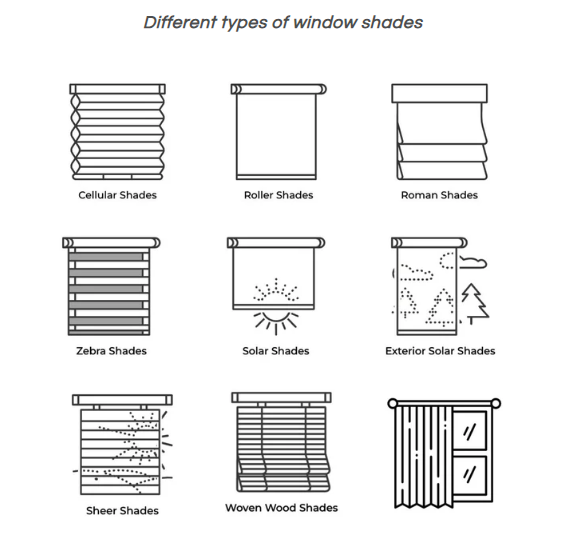
When Roman Shades Are a Good Choice
Choose Roman shades when you want to introduce fabric-soft elegance to your windows. Their layered folds—especially when the shade is partially raised—create graceful dimension that other treatments struggle to achieve.
They are especially effective on tall rectangular or narrow windows, where the vertical rhythm improves proportion and adds a sense of height to the room.
If your home has many windows and using full drapery everywhere feels visually heavy or expensive, pairing Roman shades with drapery in the same fabric can create a cohesive, balanced look without overwhelming the space.
Romans can also visually “re-shape” windows. With an outside mount, smaller or awkward openings can appear larger and more harmonious.
hen Roman Shades May Not Be the Best Fit
Roman shades tend to be less suitable for short, wide, or square windows, where stacked folds can feel bulky when the shade is fully lowered. They’re also not ideal in rooms that demand crisp, uniform light diffusion; at night, natural fabric folds may read as slightly wrinkled under artificial light. In these situations, roller shades, honeycomb shades, or other structured treatments usually provide a cleaner, more practical solution.
9 Popular Types of Roman Shades: Features & Advantages
Plain Fold Roman Shades
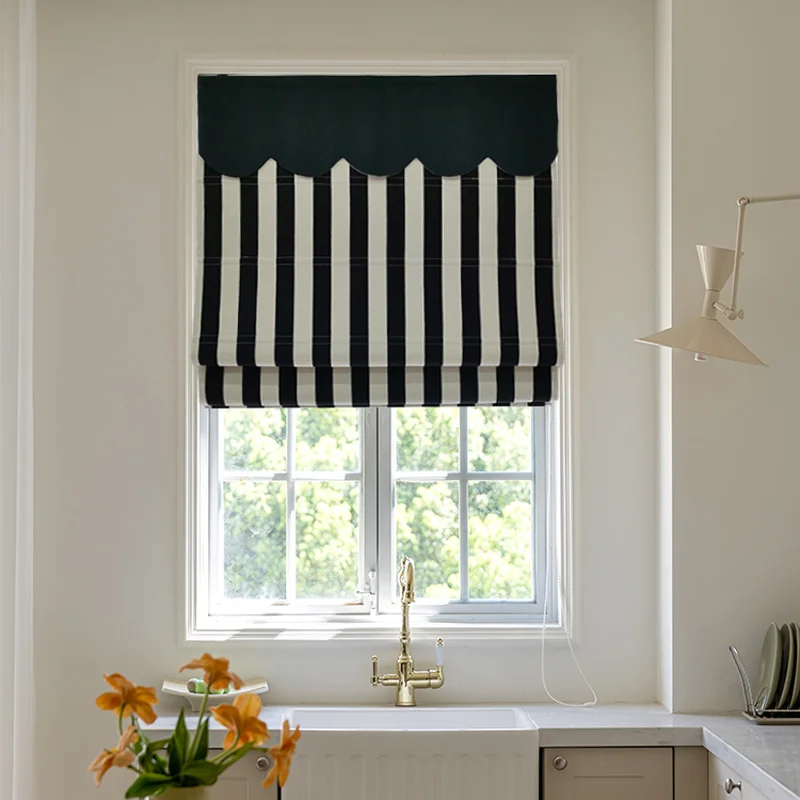
Also called flat Romans, this style appears as a smooth, even fabric panel when lowered. The shade is constructed from a single piece of cloth that lies flat against the window; when raised, it gathers into tidy horizontal pleats for a clean, consistent look. Its simplicity makes it versatile across many room styles.
Flat Fold Roman Shades (Classic/Horizontal)
TSometimes referred to as classic or horizontal Romans, this version remains sleek and fully flat when extended, so patterns and textures are shown without interruption. It’s a great way to spotlight bold motifs or fine detailing, delivering a fresh, modern aesthetic.
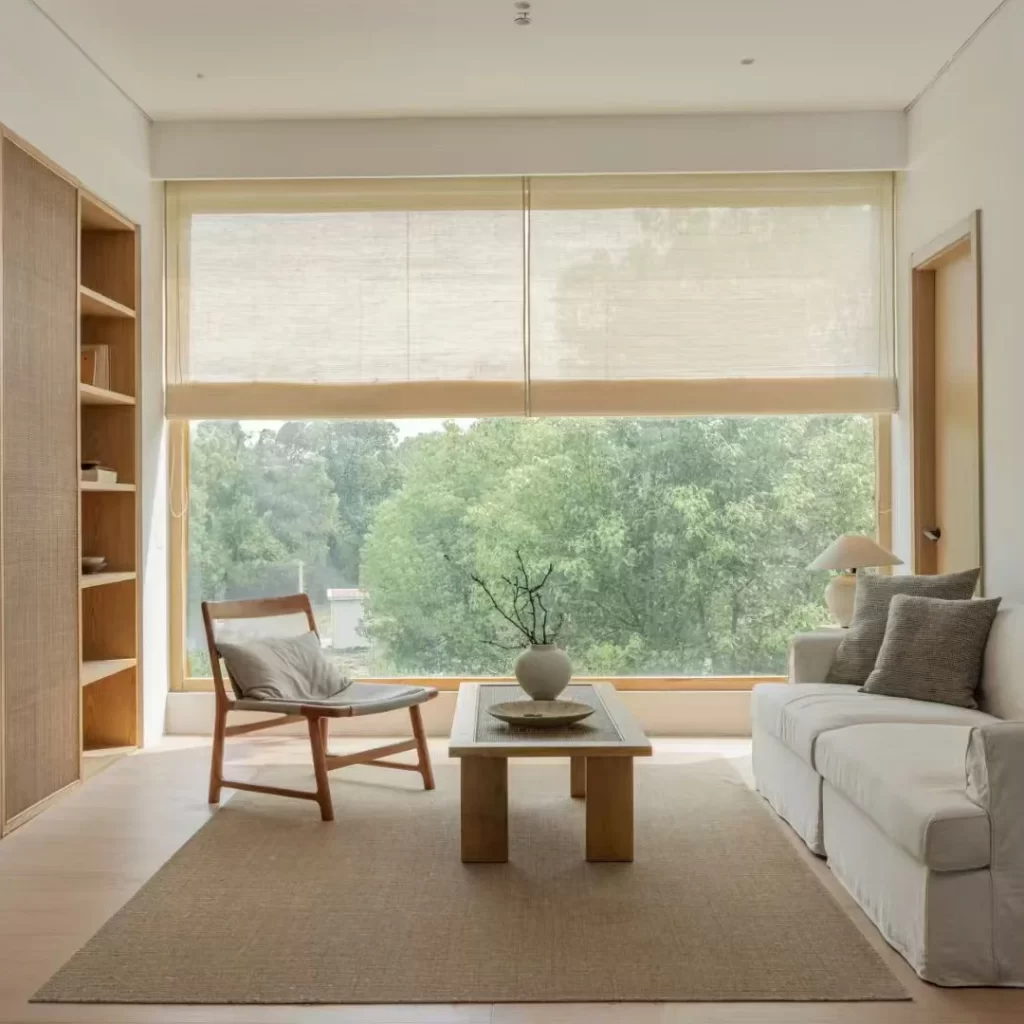
Flat Fold Roman Shades (Relaxed)
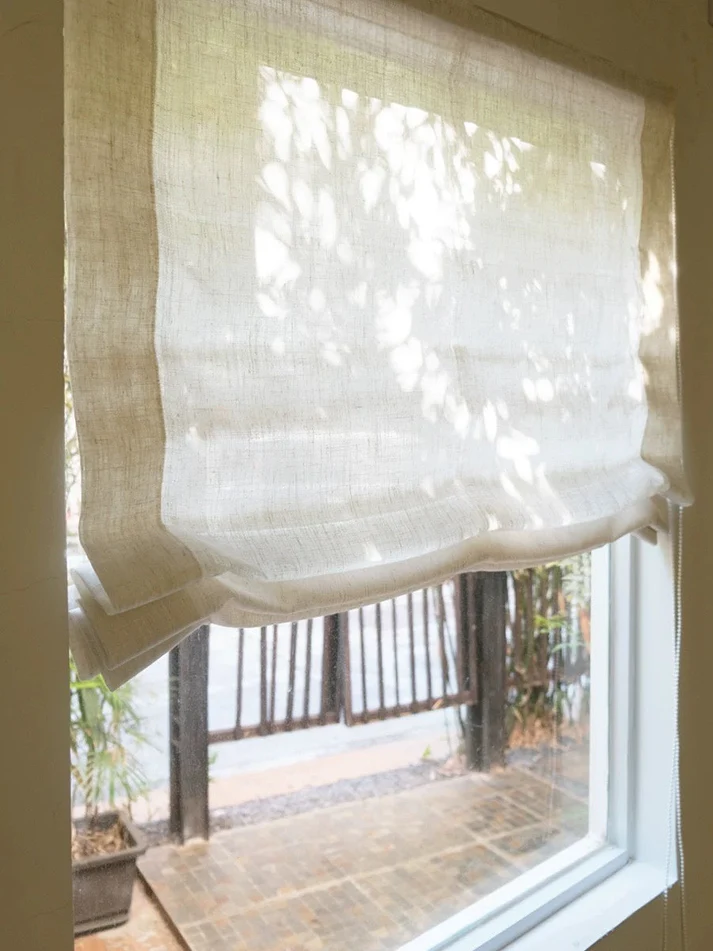
Relaxed flat Romans soften the profile compared to the classic flat style. A gentle curve forms along the bottom edge, producing an inviting, laid-back look that brings casual elegance to living rooms and similar spaces. The subtle shaping enhances the fabric’s natural drape.
Relaxed Wave Roman Shades
Relaxed wave Romans build on the relaxed style by adding more fullness, which creates deeper, more pronounced curves. The extra fabric forms a flowing wave effect when lowered, lending a refined, luxurious feel. These sculpted folds add a custom note, ideal for anyone seeking a distinctive look.
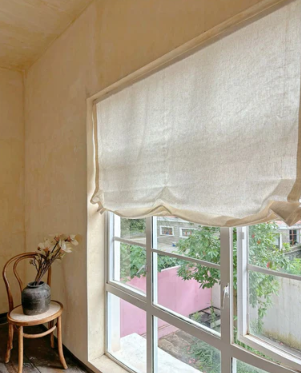
Swag Roman Shades / London roman shades
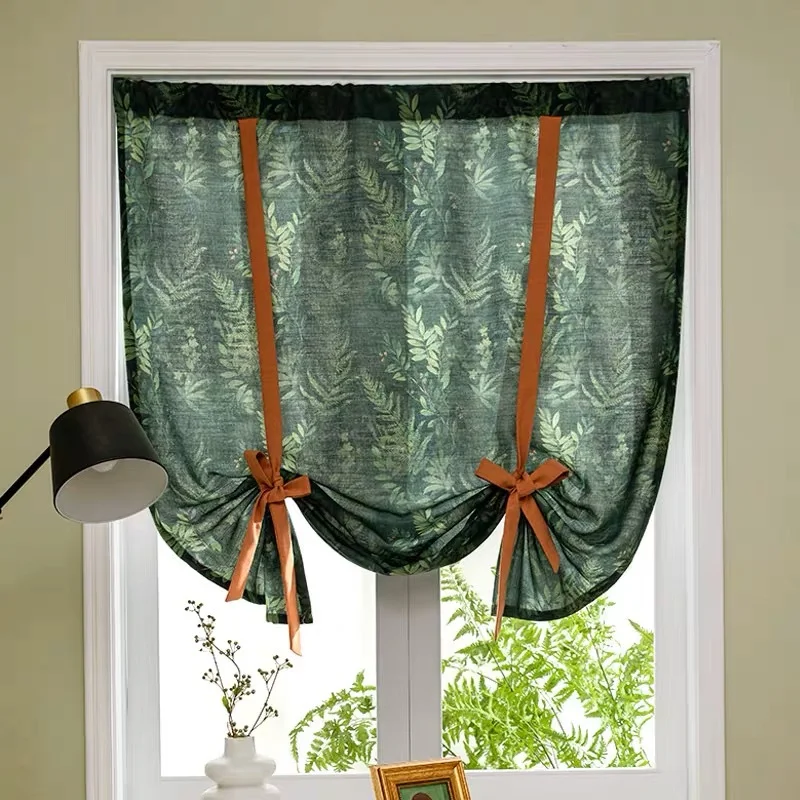
Often called London Romans, these shades incorporate inverted pleats at the bottom to create soft swags or tails. The result is a more ornate, traditional presence that suits elegant interiors and adds a touch of drama to formal rooms.
Top-Down/Bottom-Up Roman Shades
Top-down/bottom-up Romans provide exceptional flexibility for light and privacy. This design can be lowered from the top, raised from the bottom, or positioned from both ends simultaneously. It’s an easy way to invite daylight while maintaining privacy—choose the configuration that suits your needs.
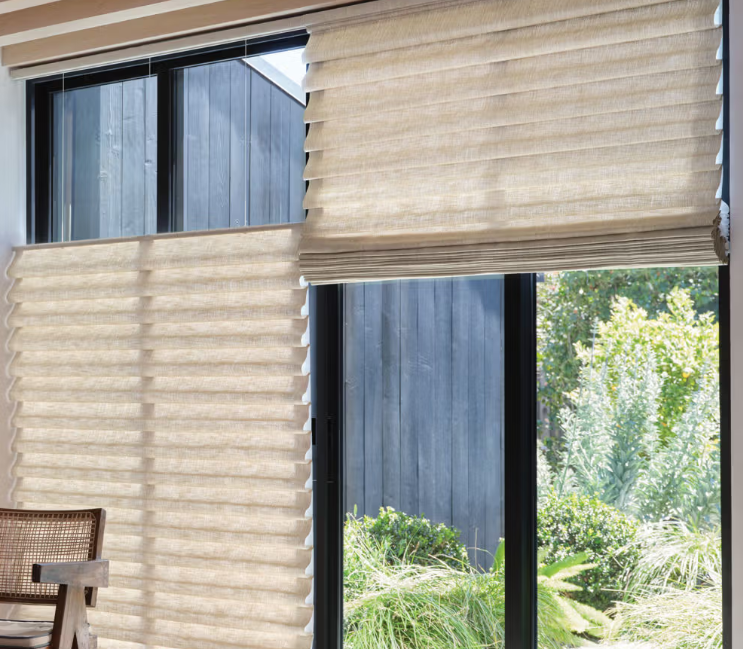
Roman Shades with Valance (Headrail Cover)
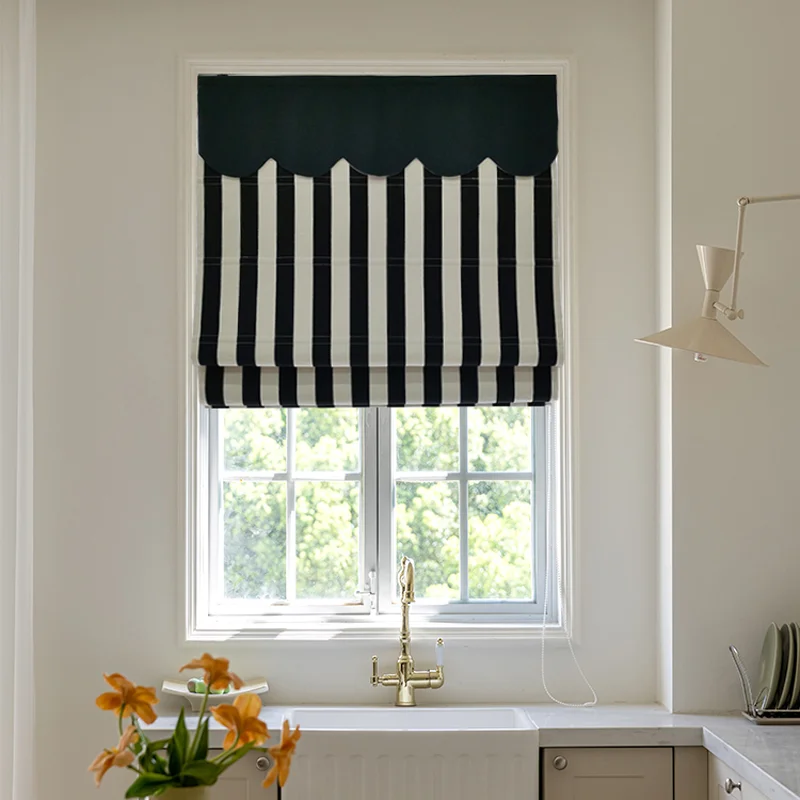
Adding a valance or headrail cover finishes the installation by hiding the operating hardware. The valance can be matched or coordinated with the shade fabric to introduce another layer of polish. This detail is particularly useful for outside mounts, where it helps create a seamless, built-in look.
Hobbled Roman Shades
Sometimes called looped Romans, hobbled shades are defined by cascading fabric that forms soft, overlapping folds even when fully lowered. The effect adds depth and texture to the window, bringing warmth and sophistication to any room and introducing a distinctive design element.
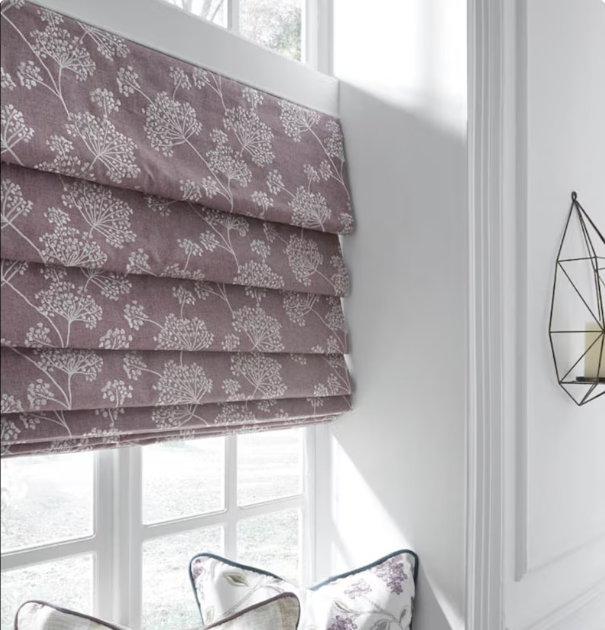
Ribbed Roman Shades
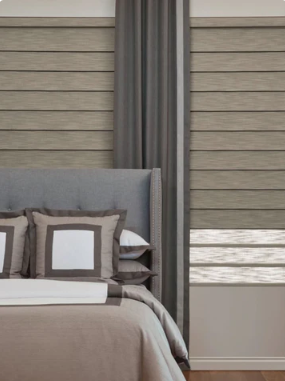
Ribbed Romans integrate horizontal battens at regular intervals to achieve a structured, tailored appearance. Battens may be wood, metal, or fabric-wrapped, adding dimension and visual interest. This style pairs especially well with modern and contemporary interiors for a crisp, refined finish.
Finding the Perfect Roman Shade for Your Home
Roman shades come in a range of styles, each balancing elegance, function, and visual impact differently. The key is to select a design that suits both your windows and the rest of your decor.
- Flat Roman Shades – sleek and minimal, ideal for modern spaces
- Relaxed or Soft Wave Shades – casual and romantic, with a soft drape
- Front-Slat or Hobbled Styles – structured folds for depth and dimension
- Top-Down/Bottom-Up Shades – versatile light and privacy control
- Valance-Top Designs – decorative finishes for a polished, elegant look
Ultimately, the “right” Roman shade is the one that elevates your space while meeting your lifestyle needs—whether you want a cozier feel, a framed view, or a way to make smaller windows appear larger.
Enhancing Your Rooms with Roman Blinds
Using Roman blinds in living areas can transform them into warm, inviting spaces. Select a fold style and fabric that coordinate with your furnishings, and consider blackout linings for improved privacy and light control. Try different colors and patterns to personalize the look. Proper mounting completes the presentation.
